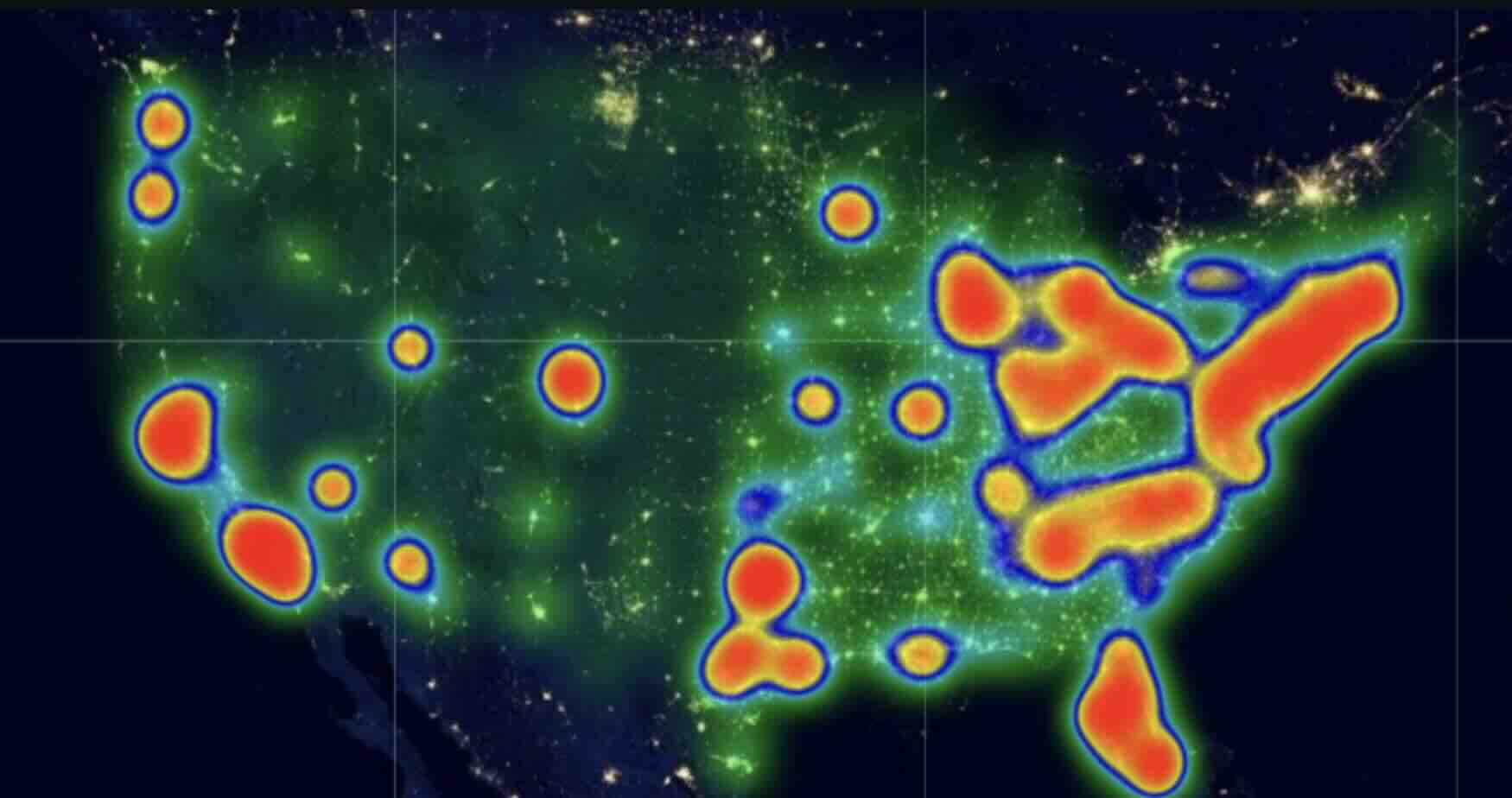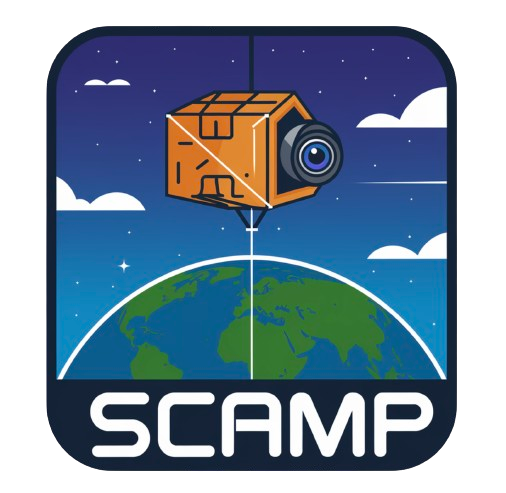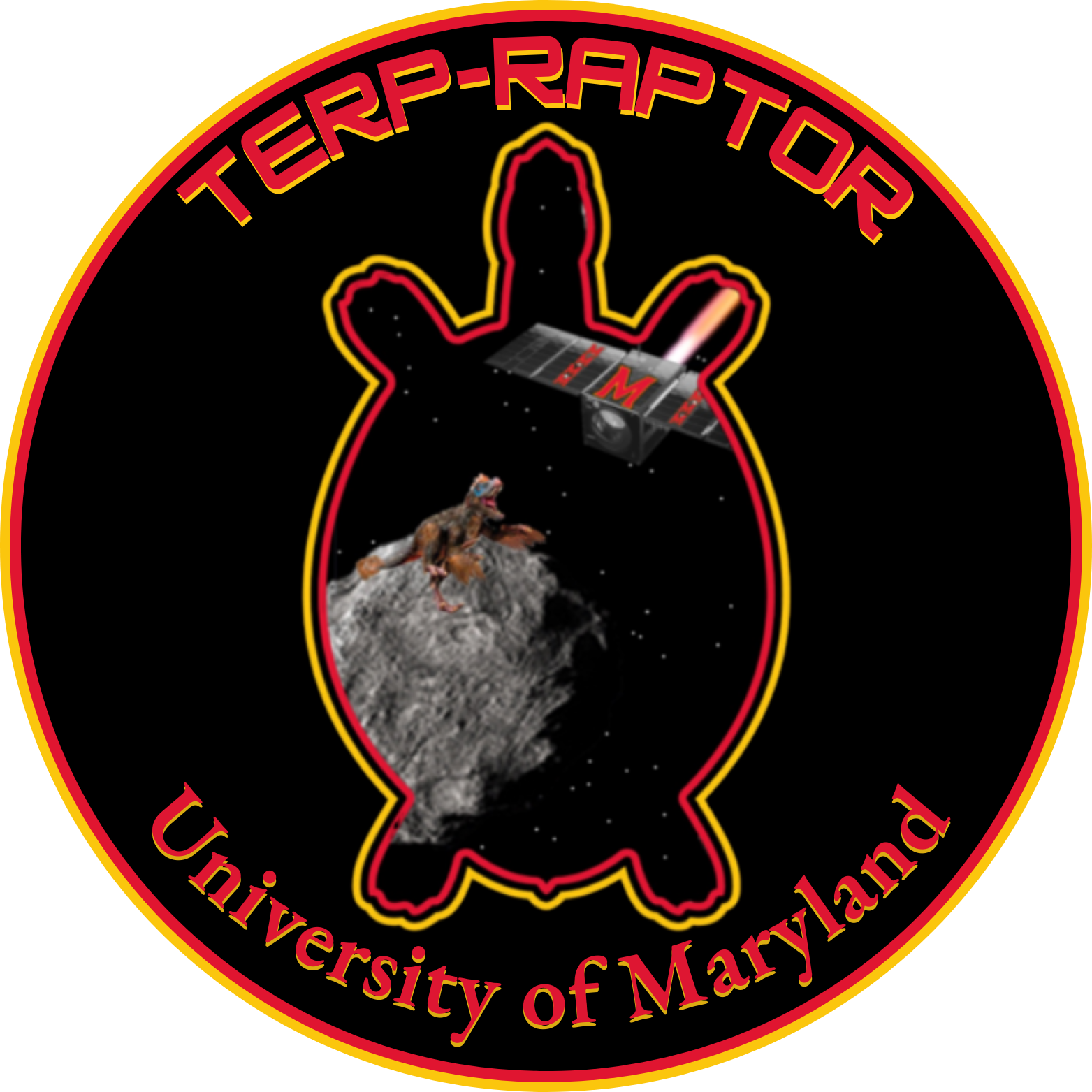Scamp Series
Abstract:
SCAMP, the Super Complicated AI Mission Payload, is redefining
onboard intelligence by integrating advanced neural networks
directly into NASA's core Flight System (cFS). Through high-altitude
balloon flights and upcoming rocket tests, SCAMP tests cFS's ability
to manage multiple AI accelerators—like Coral TPUs and Hailo
chips—simultaneously, running deep learning models for tasks like
image segmentation, anomaly detection, and system health monitoring.
SCAMP Version 1 validated real-time neural inference at the edge of
the atmosphere, while Version 2 scales up with multiple accelerators
working in tandem. Looking ahead, SCAMP Version 3 will integrate a
custom FPGA-based TPU alongside existing hardware aboard a sounding
rocket, pushing cFS to orchestrate even more complex AI workloads.
With each mission, SCAMP proves that cFS can reliably run advanced
AI in orbit-like environments, paving the way for autonomous, adaptive
spacecraft.



